IWMP - harnessing, conserving & developing degraded natural resources
Updated: Jan 27, 2014 03:21:03pm
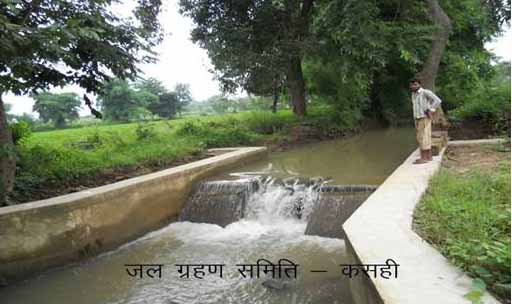
The problem is more severe in rainfed areas of the country. As the agriculture productivity has stabilised in assured irrigated areas, the rainfed areas of the country assume more significance because of its potential for enhancement in productivity by successful implementation of watershed development programme.
The Integrated Watershed Management Programme (IWMP) one of the Flagship programmes of Ministry of Rural Development is under implementation by the Department of Land Resources since 2009-10 after integrating three area development programmes namely Desert Development Programme (DDP), Drought Prone Areas Programme (DPAP) and Integrated Wastelands Development Programme (IWDP), for development of rainfed/ degraded land in the country.
The main aims of IWMP are harnessing, conserving and developing degraded natural resources such as soil, vegetative cover and water; prevention of soil run-off; rain water harvesting and recharging of the ground water table; increasing the productivity of crops; introduction of multi-cropping and diverse agro-based activities; promoting sustainable livelihoods and increasing the household incomes.
The major activities taken up under IWMP inter-alia include ridge area treatment, drainage line treatment, soil and moisture conservation, rain water harvesting, nursery raising, afforestation, horticulture, pasture development, livelihoods for asset less persons. The Department of Land Resources has sanctioned 6622 projects covering an area of 31.29 million hectare and has released the central assistance of Rs 8240.61 crore to the States under IWMP since its inception in 2009-10 to 2013-14 (till November 2013).
The project duration of IWMP project varies from 4-7 years. Though the IWMP projects are yet to be completed, the impacts are now visible in many parts of the country. The construction of water harvesting structures under IWMP has helped in improving the water availability and additional income to the farmers living in the project areas. Some of the successful interventions under IWMP which have impacted the livelihoods of rural poor and contributed in enhancing their incomes are:
Integrated Watershed Management Programme-IWMP-I was sanctioned in Datia Tehsil, Datia District of Madhya Pradesh in 2009-10 covering an area of 5,527 hectares. It is being implemented by Rajiv Gandhi Mission for Watershed Management through Development Alternatives as Project Implementing Agency (PIA).
One of the villages namely Salayapamar in the project consists of 1515 ha of geographical area with 86 per cent of farm land and a total population of 1500. The average land holding is 2.5 ha per farmer with average livestock of 1.2 per farmer. In the year 2012 through Watershed Committee in Salayapamar stop dam was constructed with a total cost of Rs. 2.22 lakh with a storage capacity of 350 m3. As a result, 70 acres of land is being irrigated and productivity of the farmland has been increased up to 30 per cent. Rice crop is now being cultivated in the lower side of stop dam for the first time. The impact is also visible in 27 wells in the area, as the water level has increased by 7-8 feet. The stop dam created in the village has impacted the livelihoods of 17 farmers in terms of economic empowerment and productivity improvement, which was not seen before the intervention.
In Dondi-Lohara block of Balod district in Chhattisgarh IWMP-I project was taken up in 2009-10 with total project area of 5261 ha and treatable area of 5000 ha. Under the project, a Check Dam was constructed with a total cost of 2.92 lakhs in 2012-13 in Kasahi village. Earlier this area was drought prone and highly prone to heavy soil erosion during rainy season. But as a result of construction of Check Dam not only the soil erosion has reduced but also about 25 ha of dry land have been converted into irrigated land. Due to assured irrigation the productivity of Paddy has increased to 17q/acre from 12q/acre earlier.
In Komna block of Nuapada district in Odisha an IWMP-II project was sanctioned in 2009-10. Nuapada, in the western of part of Odisha, has problems of typical rainfed and remote regions such as environmental degradation, low agricultural productivity, large-scale migration, high indebtedness, absence of a savings base, and poor access to institutional agricultural credit and marketing and extension services. High rainfall with low vegetative cover has led to high soil erosion and consequent low agricultural productivity. Most farmers survive on the produce derived from the single monsoon crop. The case study of growing onion highlights the consolidated efforts made by the IWMP projects to ensure profitability of the agriculture sector through grower’s cooperatives on a sustainable basis. Commercialization of Onion cultivation with all end to end services like value addition, storage and marketing through community based institutions proved to be a replicable livelihood promotion model.
Onion was grown by few farmers in the area on a small scale. The productivity was average but the climatic and other factors were favourable to the crop. However, the farmers used to sell their onion crop soon after harvest when prices were the lowest. On the other hand, traders in Raipur, Chhattisgarh were making most of the money by storing onion in big storage houses and selling them in the month of August when the rates are higher. Apart from that, the local variety and N -53 variety grown by the farmers had a very poor keeping quality and could not be stored beyond two months. Secondly, the farmers didn’t have proper storage facilities to store it even for this short period. Thirdly, farmers needed immediate cash and didn’t have the capacity to wait long. It was found that the slightly pinkish Agri Found Light Red (AFLR) variety could be stored up to six months without much damage. This discovery set off the journey to help farmers get better value from this crop.
The livelihood promotion approaches through grower’s cooperatives under the Integrated Watershed Management Programme has contributed to increase in profits, by helping farmers increase the productivity and helping to store the onions longer so that they would get higher rates later in the year. The latter was achieved by the widespread promotion of low cost storage structures and by the use of better seeds and improved cultivation practices.
In the first phase, the Project Supported 70 farmers to grow AFLR variety of onion in around 50 acres of land in IWMP-II, Komna block, Nuapada. Informal leaders were identified in each cluster and groups of farmers were taken to Nasik for exposure trips where they saw similar institutions and their benefits. The farmers from Komna were greatly encouraged by the organization and modus operandi of the farmers in Nasik. The Nuapada farmers learnt better cultivation practices, storage, and marketing from the farmers in Nasik. Most importantly, these visits helped in establishing a link with Nasik farmers for supply of onion seeds.
The entire cluster promotion initiative helped to upscale the area under onion from 92 acres in 2009 to 298 acres in 2012. The practices learnt from Nasik, better quality seeds and the trainings helped the farmers to increase the yield from 50 quintals per acre to around 70 quintals per acre. The key objective of cluster development was achieved when the co-operative of onion growers was registered with 272 members. The project started in IWMP-II/2009-10 Komna block has now spread to Nuapada and Khariar blocks. The availability of low cost storage structures has helped them in getting more value from the crop. Farmers were provided with onion storage structures of size 10 ft. x10 ft. x13 ft., which have a three racking system of storage at a cost of Rs 16000.00 per structure. Beneficiaries were linked with the Horticulture department for technical guidance and advice. Onion storage structures were made of Bamboo and thatched shed with flooring, and have a storage capacity of upto 20 qtl of onion. Earlier, a farmer would sell 20 quintals of Onion @ Rs 4.00/kg earning about Rs 8000.00, but by storing the onions for 4 months he was able to fetch a price of Rs 12.00/kg with an earning of Rs 19200.00 per acre (with 20 per cent evaporation and sorting grading loss).The cost benefit ratio of each onion structure is 1: 2.4 with a life span of eight years.
The intervention helped the farmers in increasing their profitability manifold. The increased profitability led to more than three times increase in area under cultivation. The share of income from onion for many farmers has increased to about half of the total household income. The successful farmers have inspired others in their village to take up cultivation of AFLR variety on larger scale and use storage structures to keep their produce for deferred sale. The cooperative has increased the confidence of the individual farmer who has now become more aware of his stronger position in the market. (KNN/PIB)

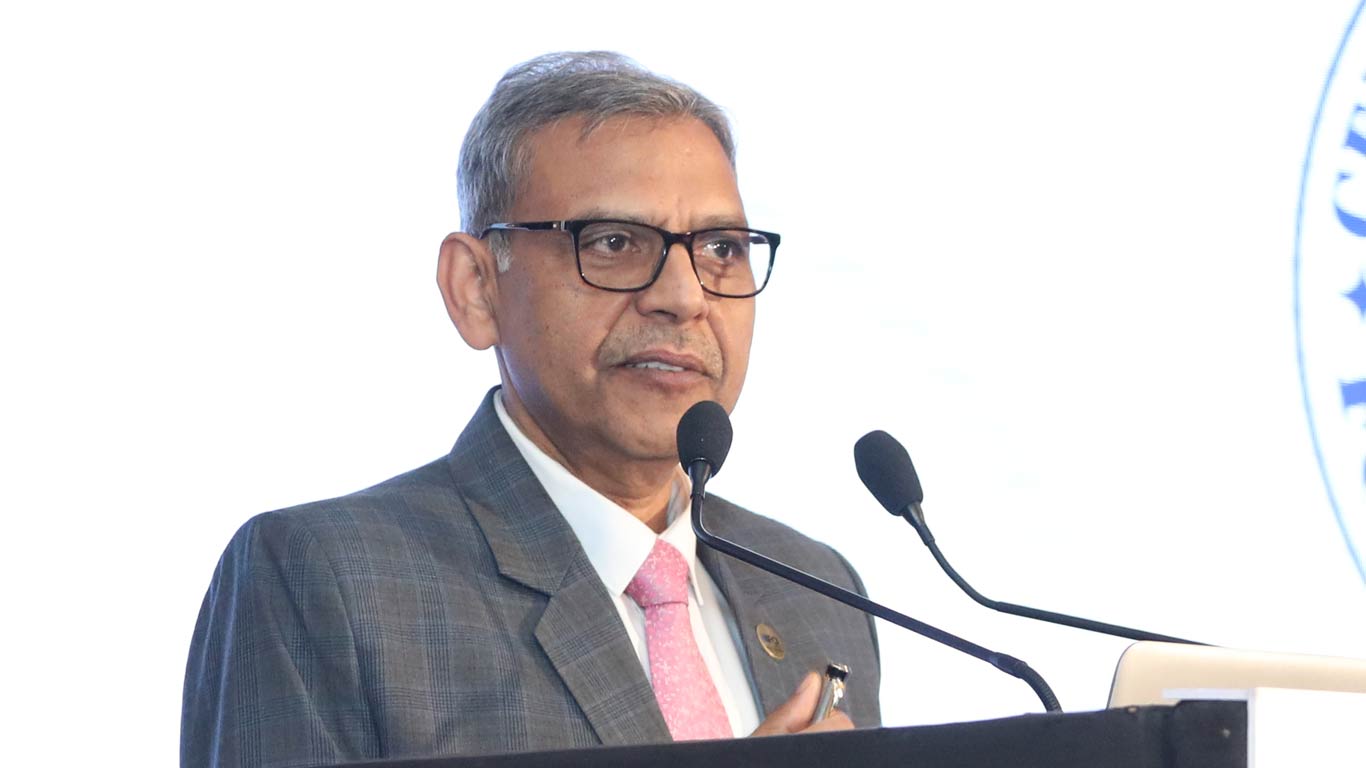
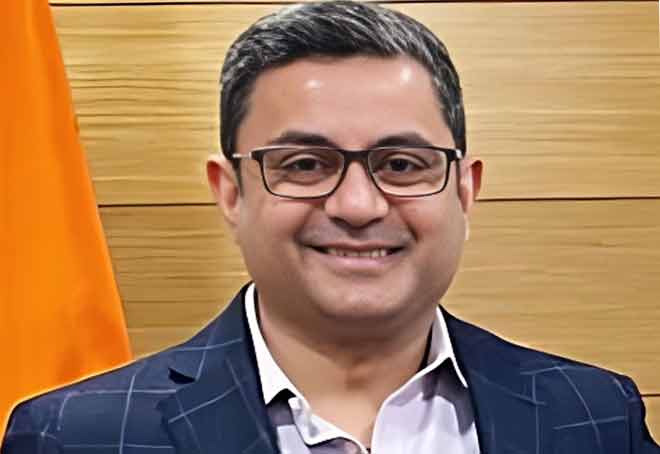

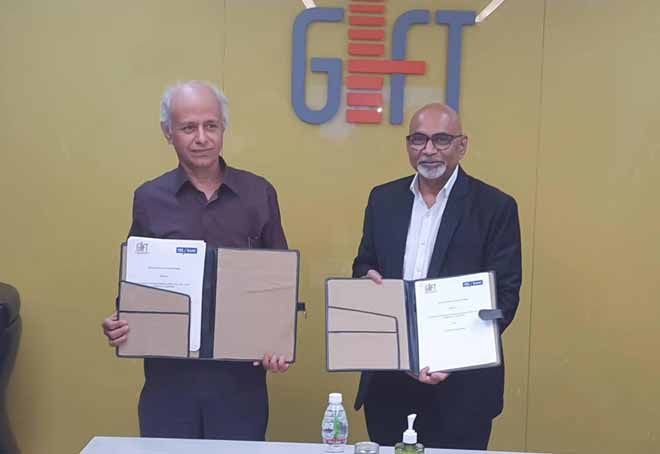
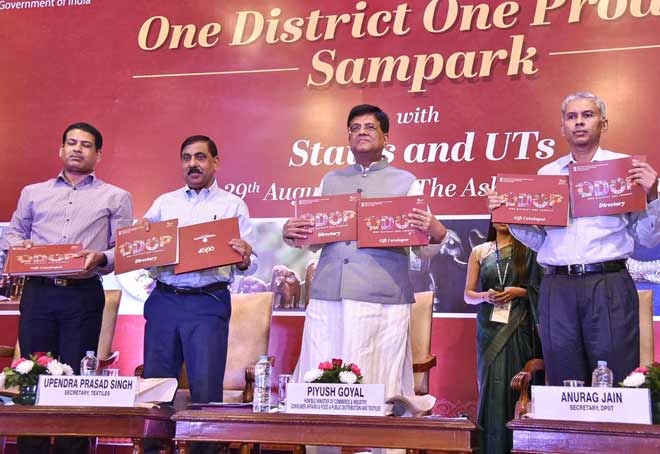





